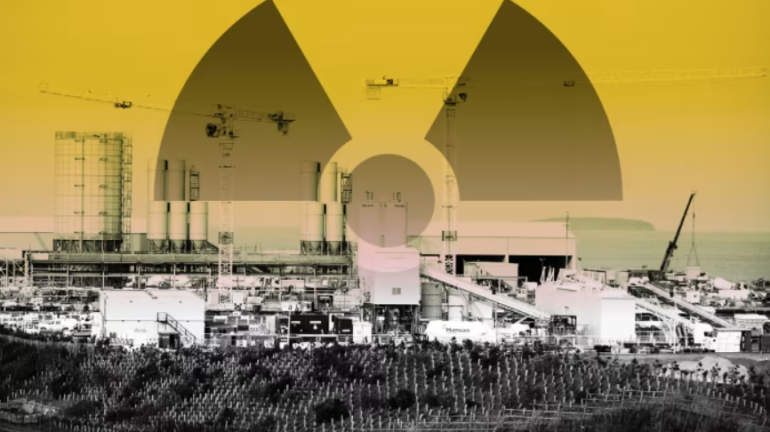- Argonne National Laboratory is integrating Generative AI, specifically a large language model (LLM) like GPT-4, with advanced diagnostic tools to improve nuclear plant operations.
- The initiative aims to provide operators with clear, understandable explanations of system faults, akin to expert guidance.
- Engineers combine Argonne’s PRO-AID diagnostic tool, a symbolic engine, and the LLM to enhance fault detection and explanation processes.
- PRO-AID uses facility data and physics-based models to identify anomalies in real-time.
- The LLM translates technical data into easy-to-understand language, helping operators comprehend fault causes and diagnostic reasoning.
Main AI News:
In a groundbreaking initiative, Argonne National Laboratory, under the U.S. Department of Energy (DOE), is leveraging Generative AI to revolutionize how operators manage nuclear power plant diagnostics. By integrating a sophisticated language model (LLM) like GPT-4 with advanced diagnostic tools, Argonne aims to provide operators with clear, comprehensible explanations of system faults—a capability akin to having an expert consultant at their side.
Argonne’s engineers have detailed their approach in a recent study, highlighting the potential of this technology to improve operational decision-making in complex environments. The core of their strategy involves integrating Argonne’s PRO-AID diagnostic tool, a symbolic engine, and the LLM to enhance fault detection and explanation processes. PRO-AID utilizes facility data and physics-based models to identify anomalies, while the symbolic engine structures the fault reasoning for the LLM, ensuring accurate and coherent explanations devoid of speculative outputs.
Rick Vilim, manager of Argonne’s Plant Analysis and Control and Sensors department, underscores the transformative potential of this system: “The system has the potential to enhance the training of our nuclear workforce and streamline operations and maintenance tasks.“
Crucially, the LLM interprets PRO-AID’s findings into accessible language, facilitating understanding among operators. By translating complex technical data into intuitive explanations, the system empowers operators to grasp the root cause of faults and the rationale behind diagnoses. This capability not only aids in real-time decision-making but also supports ongoing training efforts within the nuclear sector.
Successfully tested at Argonne’s Mechanisms Engineering Test Loop Facility (METL), the system diagnosed and elucidated a sensor malfunction, showcasing its effectiveness in providing reliable insights for operational optimization. This milestone underscores Argonne’s commitment to advancing nuclear plant operations through innovative AI-driven solutions.
Conclusion:
Argonne’s innovative use of Generative AI for nuclear plant diagnostics marks a significant advancement in operational efficiency and safety. By enabling clearer, more accessible explanations of complex system faults, this integration has the potential to streamline operations, enhance training, and set a new standard for AI applications in critical infrastructure management. This approach not only improves decision-making capabilities but also underscores the growing importance of AI-driven solutions in high-stakes industrial settings.

